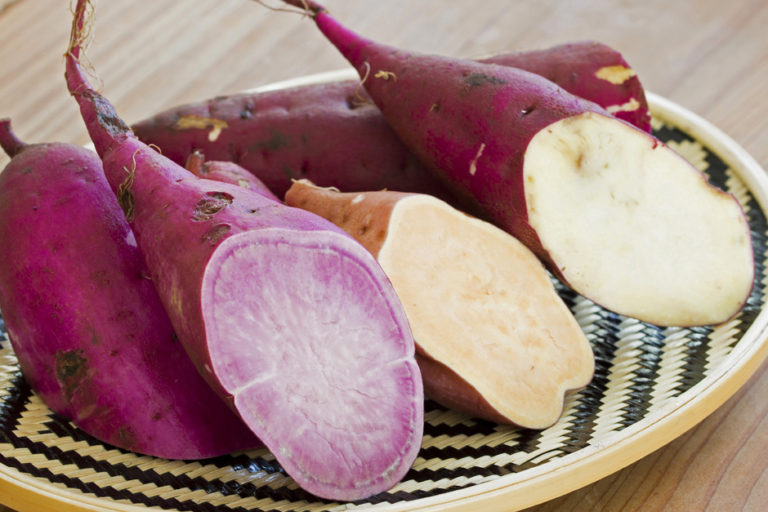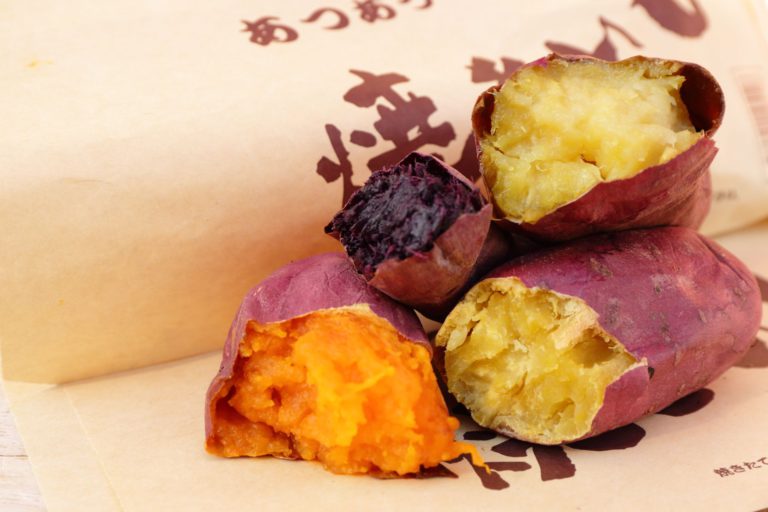Fresh Green Temari Sushi Bento

In SHUN STYLE, we hope to impart this knowledge on to our readers by introducing essential seasonal ingredients and foods.
This time, we would like to introduce "Fresh Green Temari Sushi Bento".
The winter-dried trees begin to bloom and gleam with a vivid green glow in the light of the sun. This is truly the best time of year for families and friends to take trips to the mountains and countryside for hiking and picnics.
Our editing team wanted to compliment this beautifully colorful scene with the seasonally arranged temari sushi bento, or sushi box lunch.
Fresh Green Temari Sushi Bento Contents:


①Asparagus Temari Sushi
The asparagus, which emerges first during early spring, is best and most delicious during the spring to the very start of summer.
This item is made with thinly sliced asparagus from asparagus-rich Hokkaido, the northern-most island of Japan.
②Takenoko Temari Sushi
The takenoko, or bamboo sprout, is a key spring vegetable.
Bamboo sprouts take a mere 10 days to grow on a bamboo stalk, so there is only a short time when you can eat them.
Even after picking, their taste can grow harsh very quickly, so it is crucial to use them right after they are harvested.
③Kumamoto Akaushi Wagyu and Grated Turnip Temari Sushi
Kumamoto’s akaushi wagyu variety of beef is known for being low-fat and healthy.
Turnips have 2 seasons, spring and autumn. The soft spring turnip is a perfect fit for this dish when grated.
④Amakusa Shimaaji No Namahamu Temari Sushi
The fish for this piece is prepared by thinly slicing shimaaji fish to a prosciutto-like cut and flavoring it with yuzu fruit.
This Amakusa delicacy only uses the shimaaji fish which is raised in the 15 °C waters of early spring.
⑤Kikuchi Burdock Temari Sushi
“Rice paddy burdock” is freshly harvested in its prime season from Kikuchi city in Kumamoto.
Like its name suggests, this burdock root was cultivated in a rice paddy without pesticides or chemical fertilizers. It has soft fibers and a full-bodied fragrance.
⑥Fava Bean Temari Sushi
The start of fava bean season comes 2 months after the cherry blossoms begin to bloom.
The freshness begins to fade soon after they emerge,
so the moment they go into circulation they become a vital ingredient for precious little time.
⑦Wakame Temari Sushi
Wakame seaweed comes into season from March to May, and matures during the start of summer. The younger they are, the better the taste so they can be found in bulk during the spring. The raw wakame is said to be the alarm to signal the coming of spring, and can only be eaten during that time.
⑧Amakusa Uni Temari Sushi
All-natural murasaki uni is harvested in Amakusa during the month of March.
Sakura uni, as the locals call it, is gathered after the rough, cold winter seas calm, and just as the cherry blossoms, or sakura, begin to blossom.
⑨Japanese Peppercorn Temari Sushi
Unripe peppercorns have been used as an ingredient in Japan since times before recorded history.
They begin to emerge around June and have a strong spiciness and scent.
Whitebait fish, boiled in soy sauce ,with dried baby sardines and peppercorn is a popular dish in Japan.
⑩Red Rice And Hijiki Dried Seaweed Temari Sushi
Red rice is an ancient variety of rice that is full of nutrients and was widely consumed long ago.
Hijiki, likewise, has been eaten for ages and is in season from March through April, starting in the southern regions.
The raw product has a sharp taste, so it is dried before eating.
⑪Black Rice And Whitebait Temari Sushi
Black rice, also known as purple rice, is another older variety.
Whitebait is best during the end of March to May and is a popular item harvested from Sagami bay and also in the Shonan district.
It is illegal to harvest January through March, so as soon as spring arrives in Sagami, everyone buys in bulk.
⑫Sakura Mochi
Cherry blossoms, or sakura, are what best represent the arrival of spring in Japan.
It is not just our culture to enjoy the sight of them, but to enjoy sakura as a food.
Mochi is a popular Japanese treat that is made by hammering rice into a paste, and flavoring it with a sweet filling and sweet flour. Sakura mochi’s namesake comes from use of cherry blossom leaves in preparation.
There are different varieties for each region in Japan, but the most famous are from Chomei Temple and Domyo Temple.
Our collection includes the Domyo variety.




